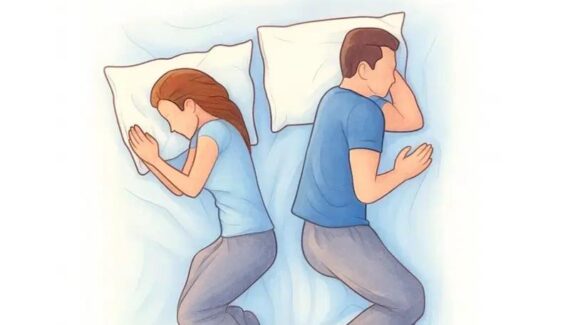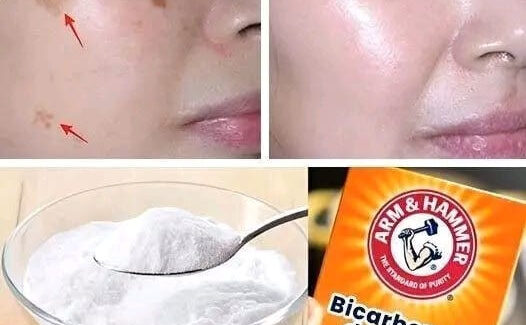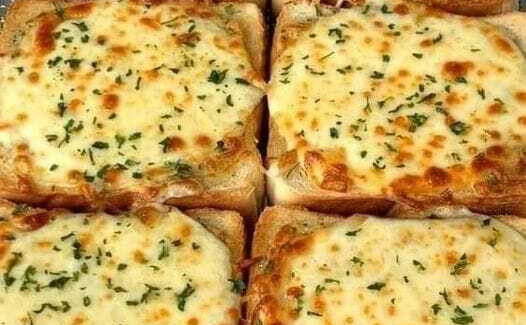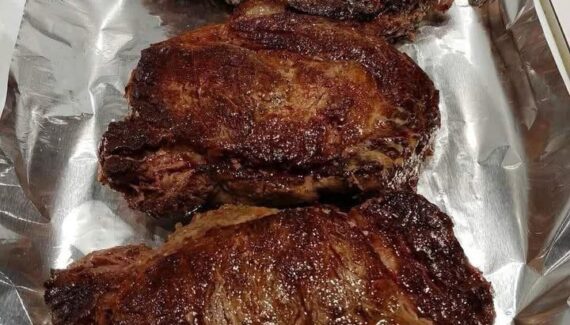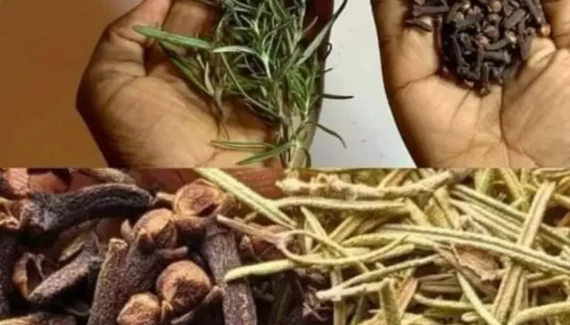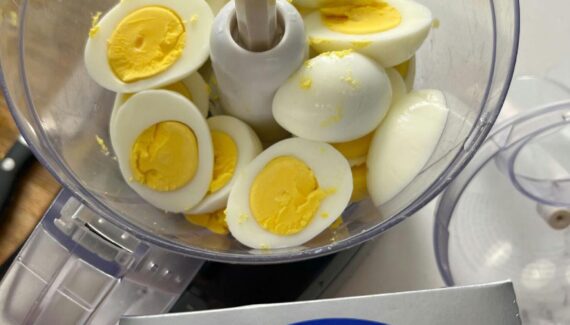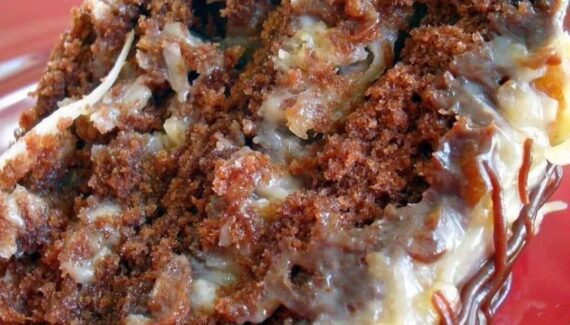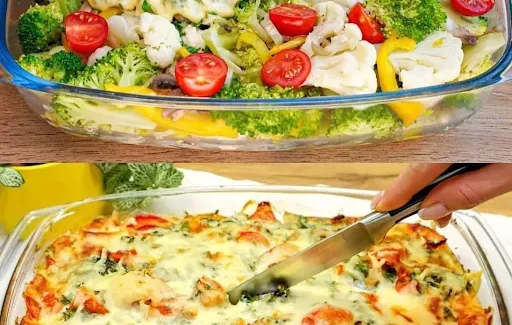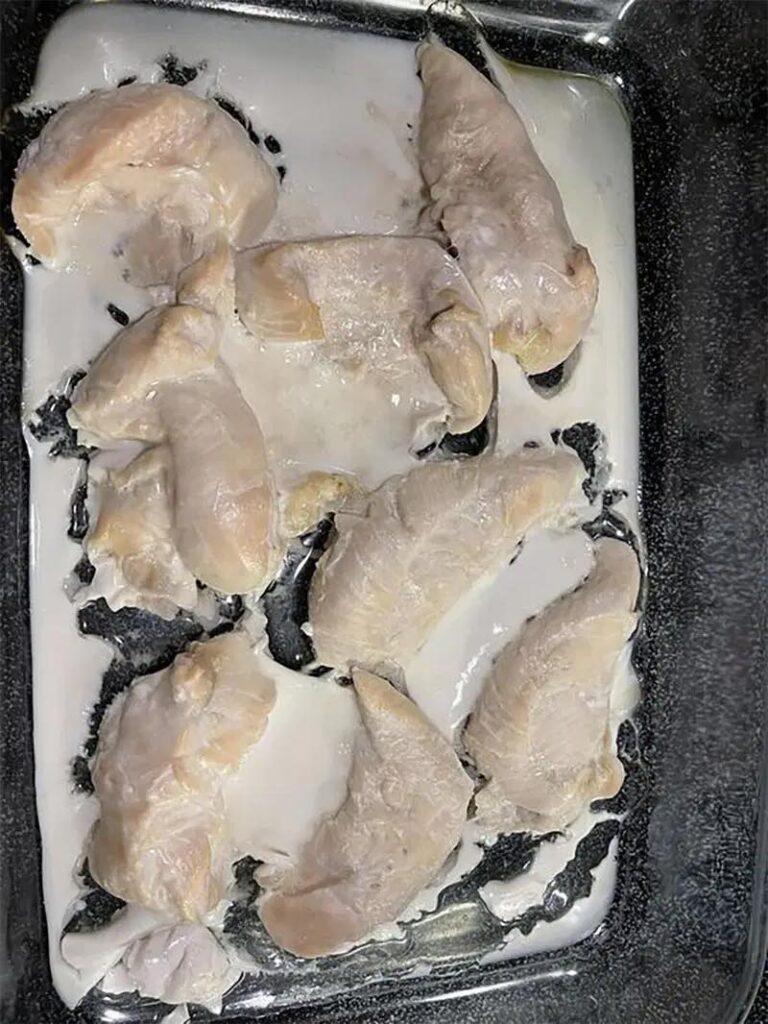
Why Does This Happen?
This reaction occurs for a few reasons:
1️⃣ Heat Forces Out Proteins – As the chicken cooks, the muscle fibers shrink and push out water and proteins.
2️⃣ High Moisture Content – Some chicken contains added water (especially frozen or pre-brined chicken), which increases this effect.
3️⃣ Overcooking or Rapid Cooking – Cooking chicken at high temperatures or for too long causes more proteins to be released.
Is the White Stuff Safe to Eat?
Yes! The white protein that appears when baking or cooking chicken is harmless and safe to eat. It may not look appealing, but it’s completely natural and has no impact on taste or texture.
How to Minimize the White Residue
If you’d like to reduce the amount of white residue when cooking chicken, try these simple tips:
✔ Cook at a Lower Temperature – Cooking chicken slowly at a moderate temperature (around 350°F / 175°C) can reduce protein seepage.
✔ Pat the Chicken Dry – Before baking, use a paper towel to remove excess moisture from the surface of the chicken.
✔ Brine Your Chicken – Soaking chicken in a light saltwater brine before cooking can help lock in moisture and reduce the protein release.
✔ Avoid Overcooking – Use a meat thermometer to check for doneness (165°F / 74°C for chicken breast) to prevent excessive protein leakage.
✔ Sear the Chicken First – A quick sear in a hot pan before baking can help seal in the juices and proteins.
Final Thoughts
The white substance that appears when baking chicken is simply a natural protein release and nothing to worry about. It’s completely safe to eat and occurs due to heat forcing out water and proteins from the meat. By adjusting your cooking methods, you can reduce its appearance while still keeping your chicken juicy and flavorful.
Now that you know what it is, there’s no need to be alarmed the next time you see it in your dish! 🍗🔥
